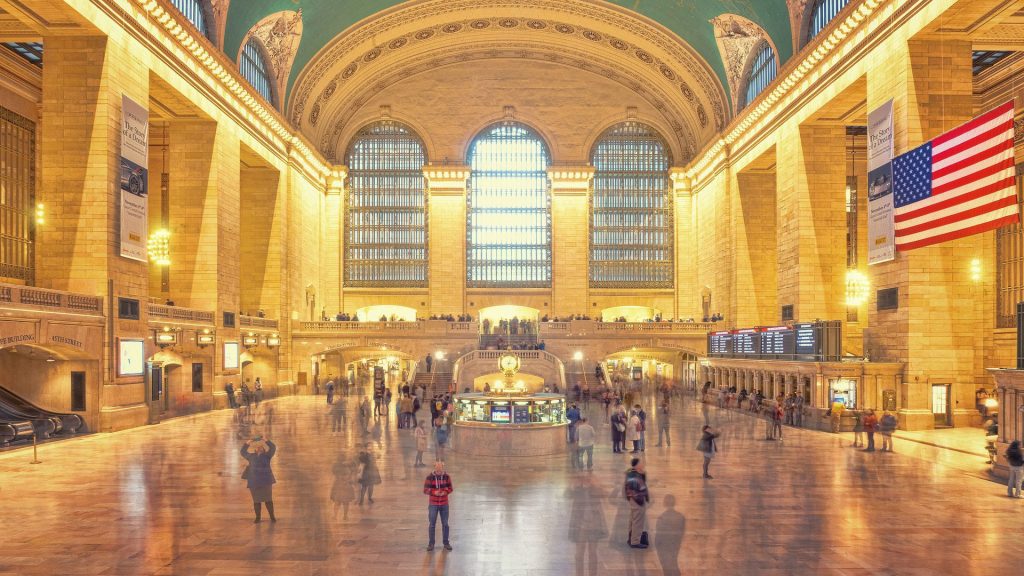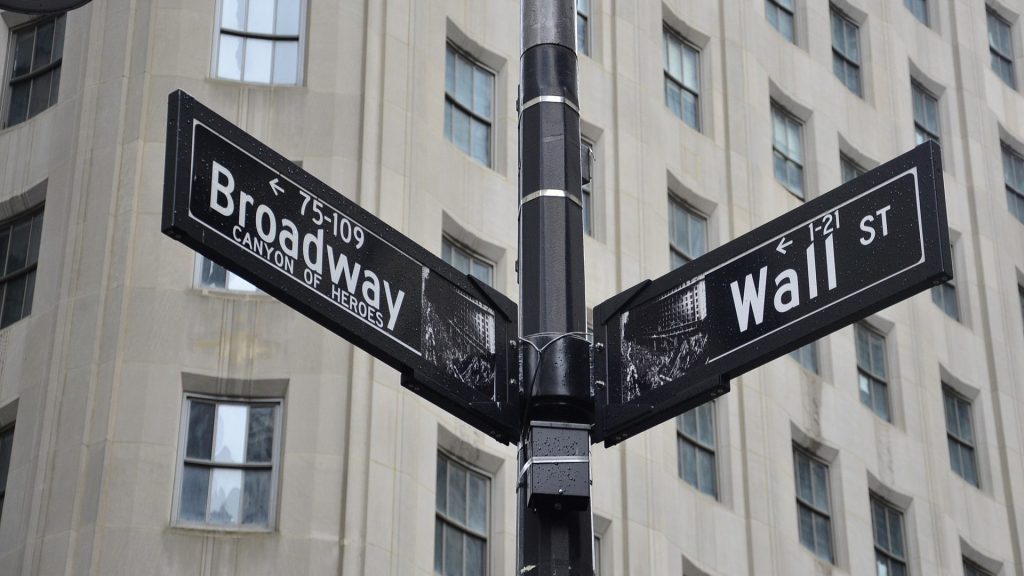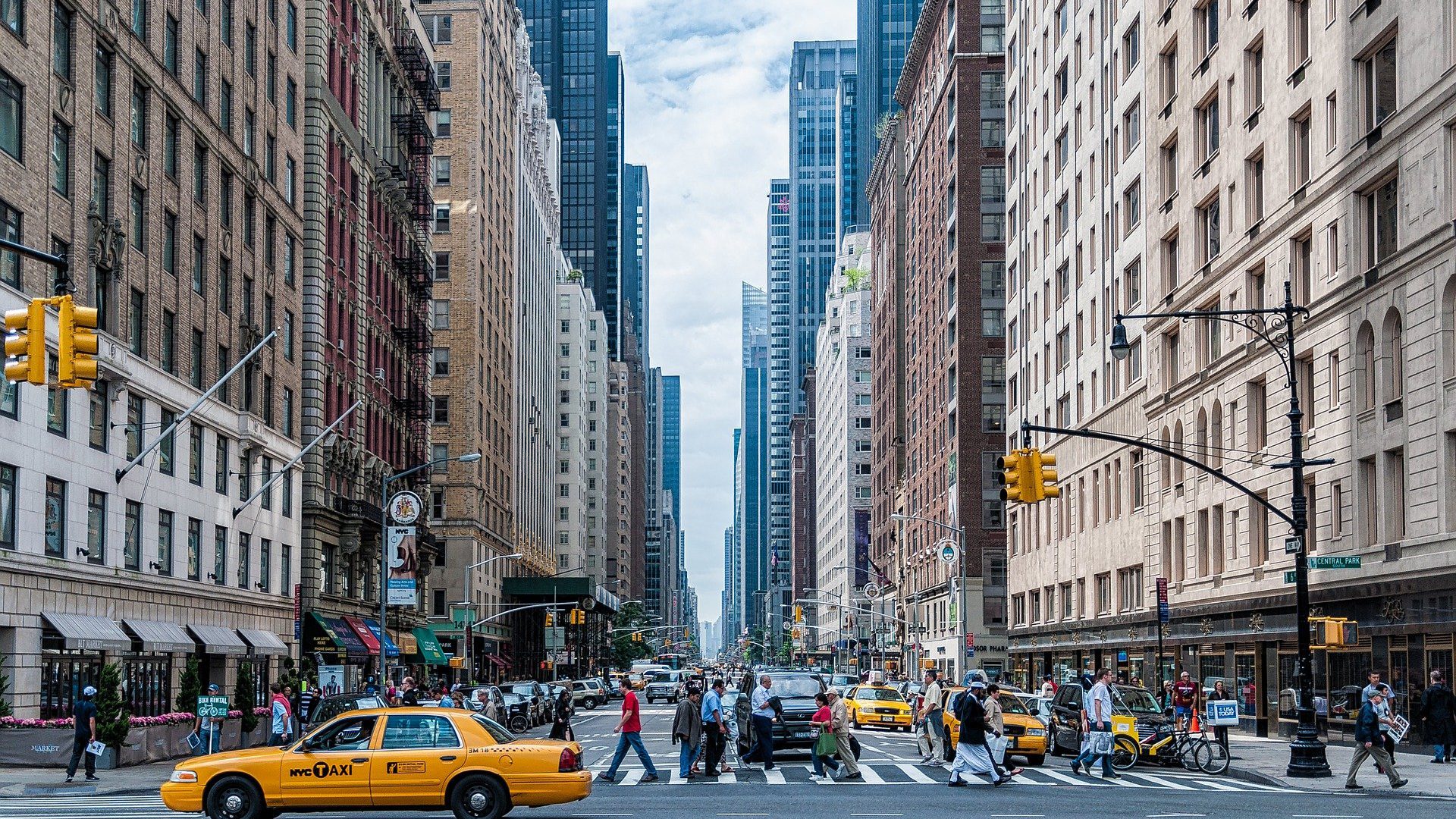So, you’re thinking about visiting New York City and Manhattan is right at the top of your to-see list? Even if you simply walk around Manhattan, getting a feel for the place, you’re in for an incredible time.
However, you’ll have a much better time if you land in Manhattan armed with some local knowledge on the best spots and some historical context. There is simply far too much to possibly say in one blog — or perhaps even one book — so we are merely plucking out a few of Manhattan’s most famous spots to talk about today.
We would be delighted if anything in this guide inspires you to explore Manhattan with CityWalksNY; take a look at our Custom & Private Tours in NYC if you’d like to find out more. And please feel free to get in touch if you have any questions.
Guide to Visiting Midtown
Magnificent Midtown Manhattan

When one thinks of Manhattan, some of the things that come to mind are Grand Central Terminal, Rockefeller Center, the Empire State Building, and the Broadway Theater district. What do all of these have in common? Their location in Midtown Manhattan — an area that includes a significant portion of what makes NYC so iconic.
Midtown Manhattan is home to some of the most definitive architecture and cultural areas of the city. These institutions evoke the image of NYC whenever brought up in conversation. One feels the true meaning of being a New Yorker when walking through Midtown Manhattan, understanding the lore behind the development of the iconic structures that reside in the area.
The Private Midtown Tour from CityWalksNY will take you through one of the most valuable real estate regions in the world, as your private tour guide provides a running commentary on the valuable history behind each iconic institution.
It can be difficult to approach or design a visit to an area as densely packed with significance as Midtown — there are so many different landmarks that probably require a separate tour of their own if you are to enjoy their full significance. But the Midtown Classics tour will attempt to provide at least a basic understanding of what’s so great about this area of NYC. Containing architecture from a wide range of schools — Neo-Gothic, Art-Deco, Post Modern, and more — Midtown is an architectural smorgasbord.

The unique history behind each of Midtown’s attractions will delight and inspire. Prominent locations such as Grand Central Terminal (pictured above) and the newly renovated New York Public Library have a significant cultural importance, as they are renowned not just for their aesthetic beauty, but the impact they have had on New Yorkers over the years.
Since Midtown is so large and so diverse, there are a great number of options as to where one can go exploring. On your custom tour with CityWalksNY, you can sit down and indulge in the tranquil atmosphere of St. Patrick’s Cathedral on 5th Ave or enjoy the festive activities available year-round at Bryant Park.
Your private tour guide will not only point out the best places to capture the essence of NYC, but they will also help you understand what it is that makes all of these places so iconic and emblematic of the city.
Guide to Visiting Wall Street
The Street, The Wall, The Legend

Of course, when we refer to “The Street” we’re talking about Wall Street — so named because it is the site of a wall that was built here in 1653. That wall wasn’t built by New Yorkers, however, because in 1653 the southern tip of Manhattan Island was not New York but the Dutch trading colony of New Amsterdam and the wall was the northern boundary of the city.
In 1664 the English arrived. On their ships, they had a gun for every building in New Amsterdam. And so New Amsterdam became New York without a shot being fired. Eventually the wall came down but the street that had run parallel to it retained the name: Wall Street.
Due to its proximity to the piers where goods and raw material were imported & exported, Wall Street was an active trading location from its earliest days. One of the imported resources found on Wall Street in the early 18th century were slaves. In 1711, the New York Common Counsel made the corner of Wall Street and Pearl Street the city’s official slave market.
In the late 18th century, under a buttonwood tree at the foot of Wall Street, a group of traders would meet and transact business together. In 1792 they signed “The Buttonwood Agreement” which stipulated that they would henceforth trade only with one another, and the New York Stock Exchange was born.
Wall Street, though synonymous with the financial industry, is also very important in American History. New York was the first capital city of the United States after our Constitution was ratified. Wall Street is where the first U.S. congress met, where the Bill of Rights was added to the U.S. Constitution, and it is where George Washington took the oath of office as the First President of the United States in 1789. In fact, it’s where many of our founding fathers both lived and worked!
Guide to Visiting NYC’s Upper West Side
See New York City as a Local

The Upper West Side in Manhattan is a neighborhood bounded by Central Park to the East, the Hudson River to the West, Columbus Circle on the South and 110th Street on the North end. The Upper West Side is primarily residential; the only major commercial tenant of the Upper West Side being the ABC Television Network HQ & production facilities from which they currently broadcast “Live with Kelly & Ryan.”
There are major cultural and educational institutions in Manhattan’s Upper West Side including The American Museum of Natural History and The New-York Historical Society as well as Lincoln Center near the southern boundary of the neighborhood and Columbia University in the north.
The Dakota
The Dakota was built b/t 1880 – 1884 as the first luxury apartment building in New York City. It was developed by Edward Clark, head of the Singer Sewing Machine Company and designed by Henry Hardenbergh who also designed the Plaza Hotel. At the time it was being built, most New Yorkers of means lived in townhomes, houses. Multifamily dwellings were considered the reserve of the working class.
For this reason it was called “Clark’s Folly.” However, the joke was on them, all apartments were leased before the building was completed. According to lore the building is so named because it is so far north and west, outside of the developed part of the city at that time and therefore far from civilization, it might as well be in the Dakota territories.
The esterior of the building was used in the movie “Rosemary’s Baby.” Some of the Dakota’s famous residents include Leonard Bernstien, Connie Chung, Rosemary Clooney, Lauren Bacall, Boris Karloff, Judy Garland, Lillian Gish, and Roberta Flack. And, of course, the Dakota was the home of John Lennon & Yoko Ono as well as the childhood home of Sean Lennon and where John Lennon was shot and killed on December 8, 1980. Yoko still lives here.
249 Central Park West
249 Central Park West, the corner house at 75th Street is one of three remaining of nine that were built between 74th and 75th Streets from 1888 to 1891 — all by the same developer and architect. They were built to be luxury townhomes and are so today after the mid-20th century neglect and abuse they suffered.
By the 1950’s the Beck house, the corner brownstone, had been converted to apartments with the exterior modernized and slathered in white paint. It was actually fortuitous that, in 1989, a chunk of masonry broke off the building and forced the owner to strip the building and reveal the original red brick and brownstone beneath.
In 2006 it was purchased for $14.4mm and reconverted to a single family home which required removing two floors that had been added to the top. In 2013 it was sold for $20mm.
That’s all we have time for with this guide to Manhattan. But there will be lots more where this came from, and we are committed to writing more NYC travel guides in the future. So, keep an eye on the CityWalksNY Blog for even more New York City guides

